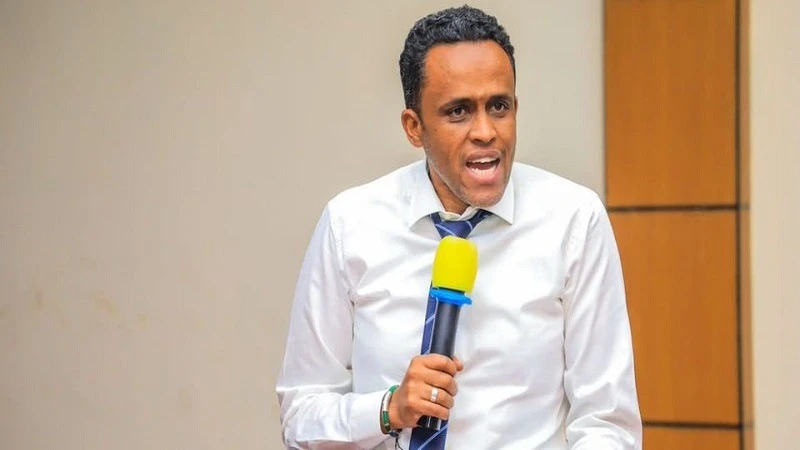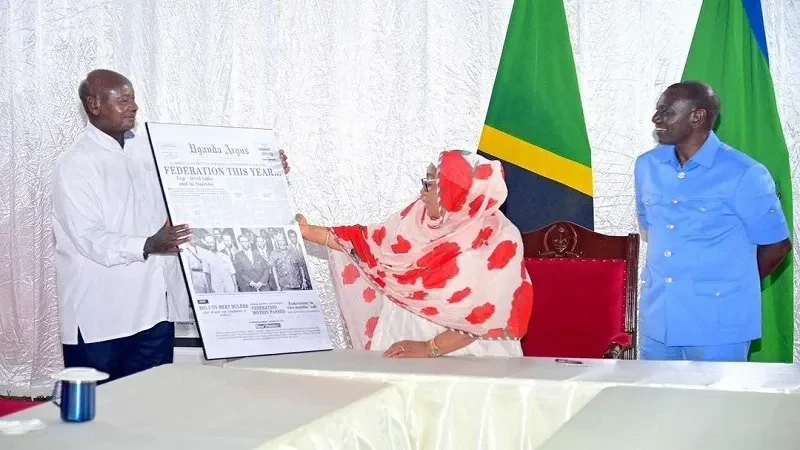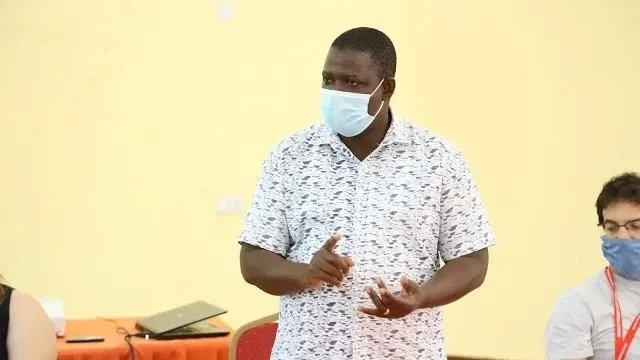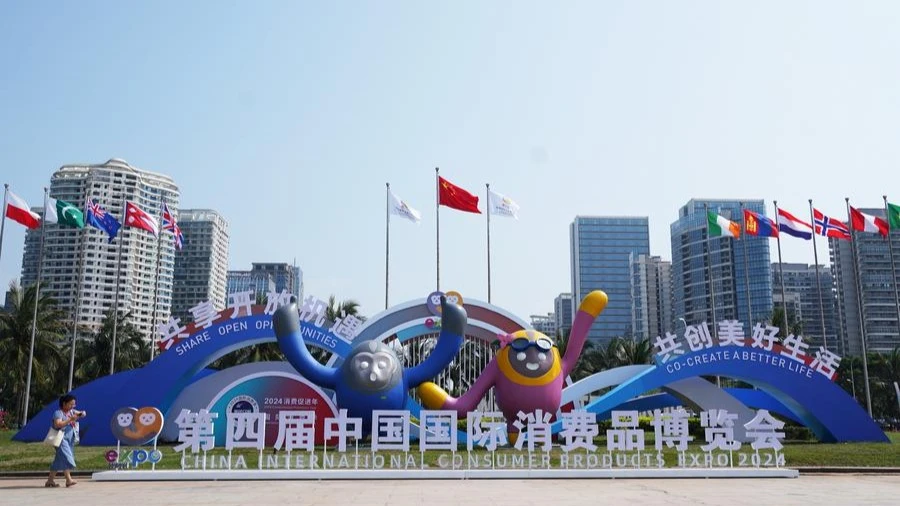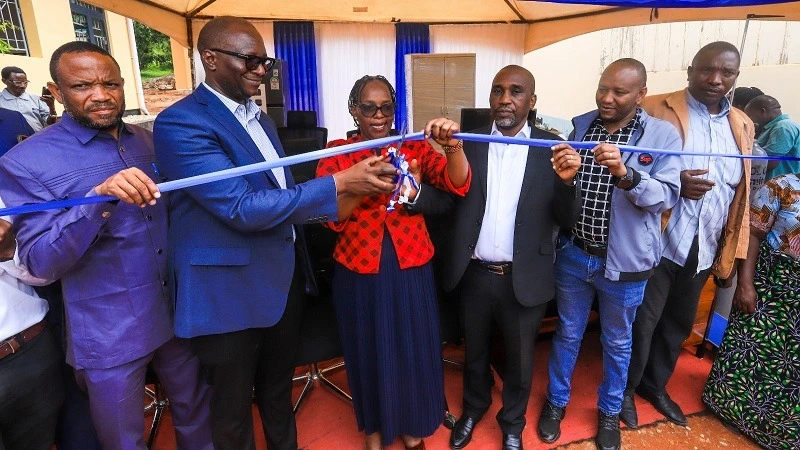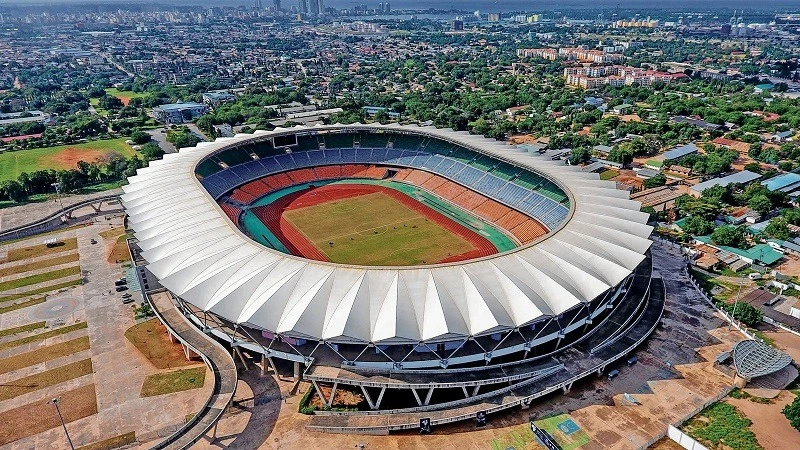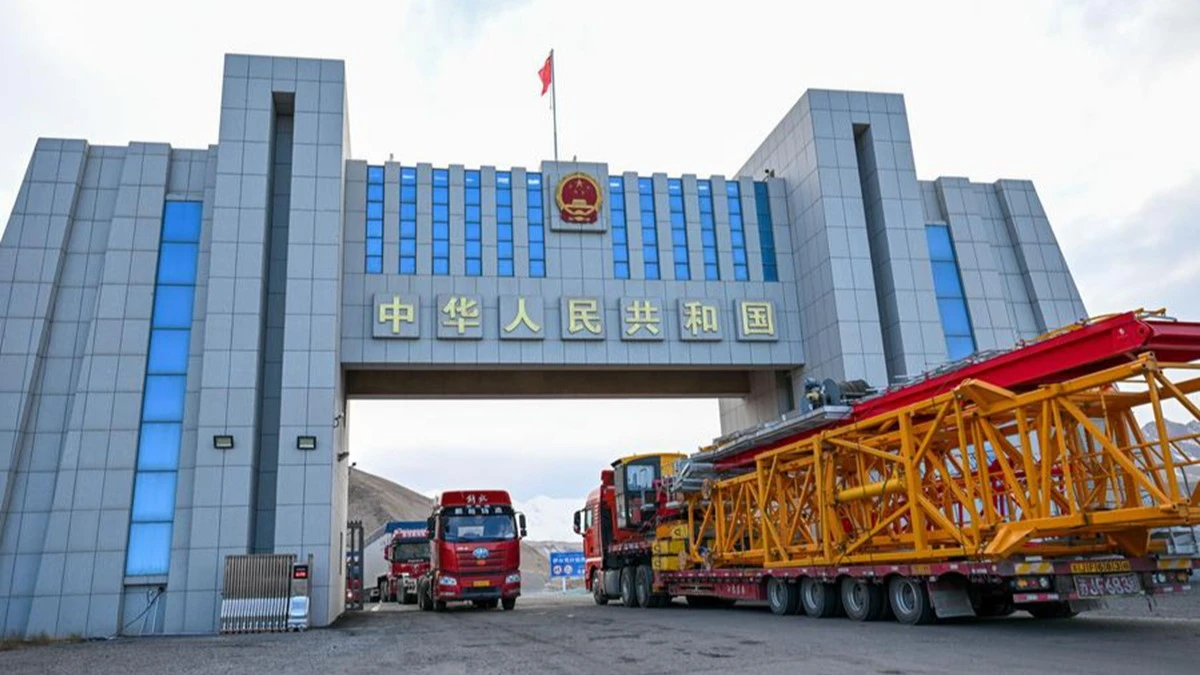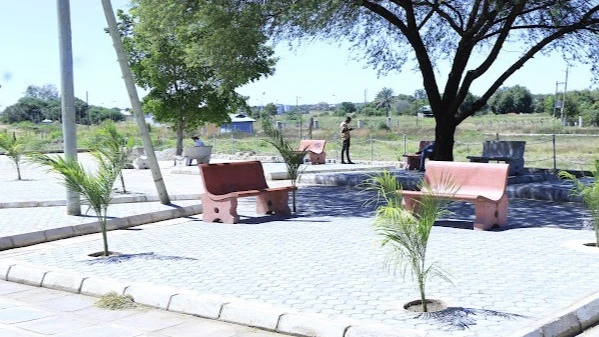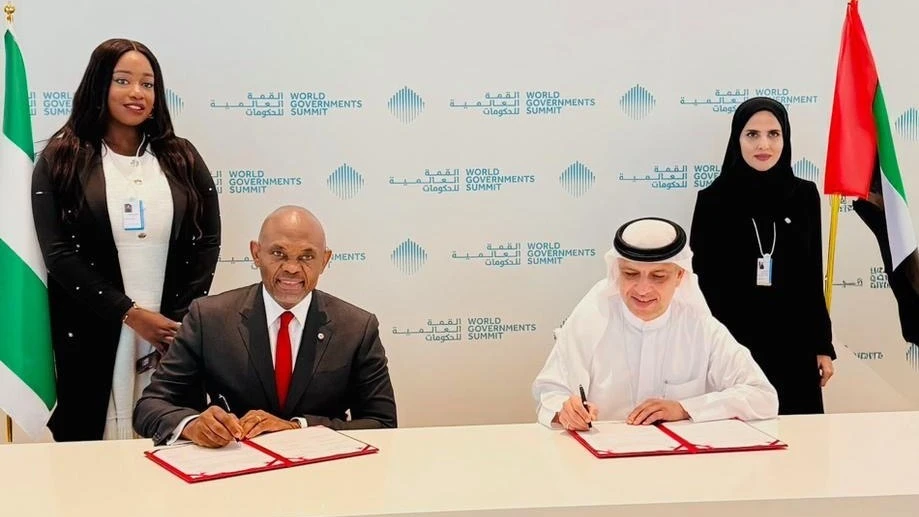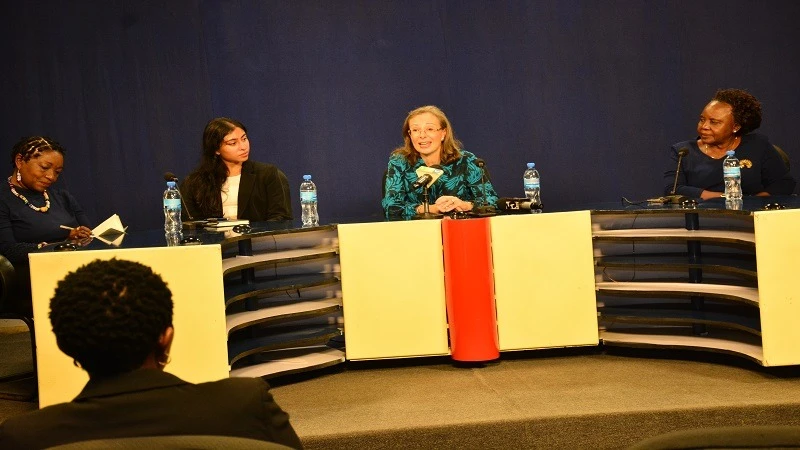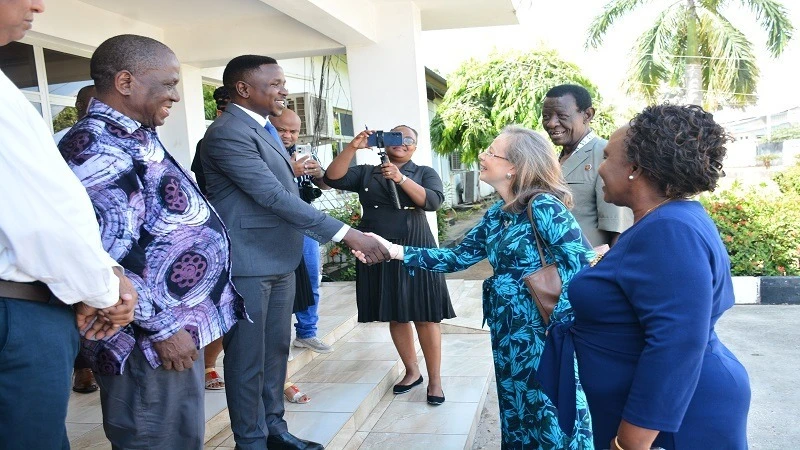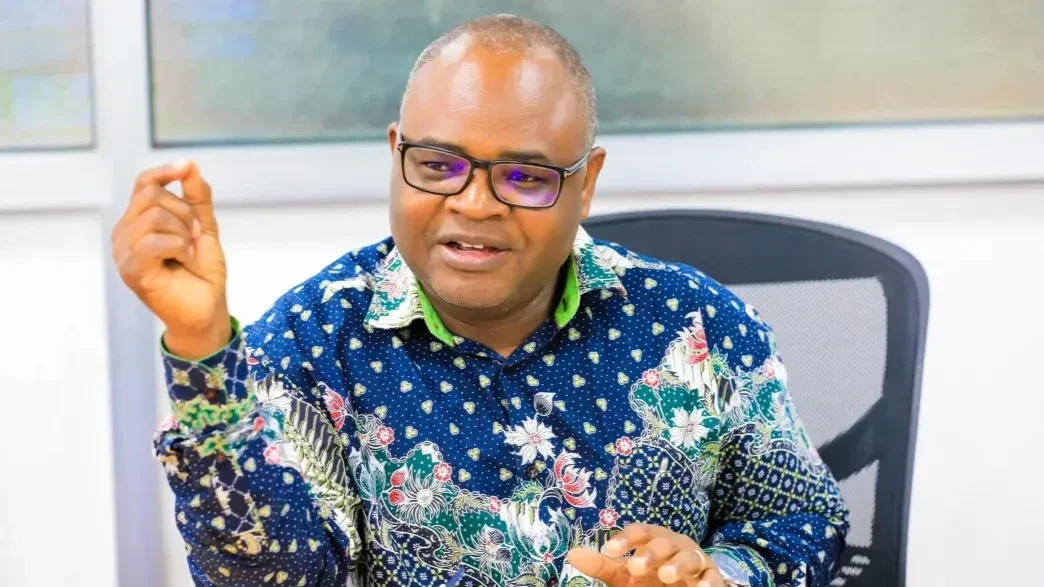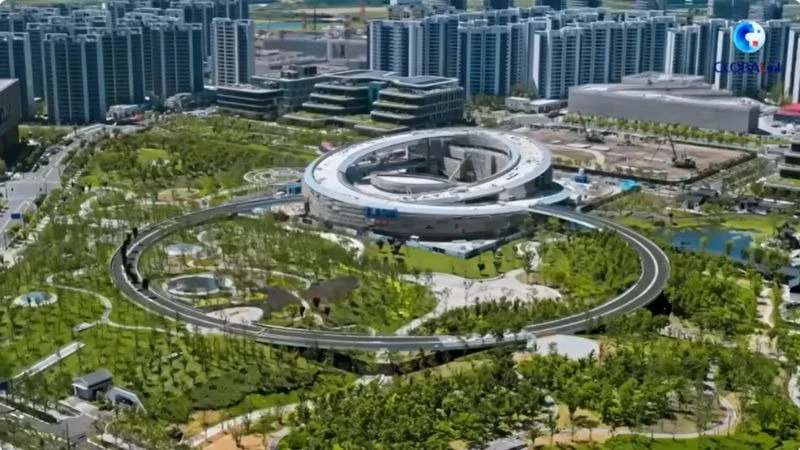MPs critical of medical equipment management
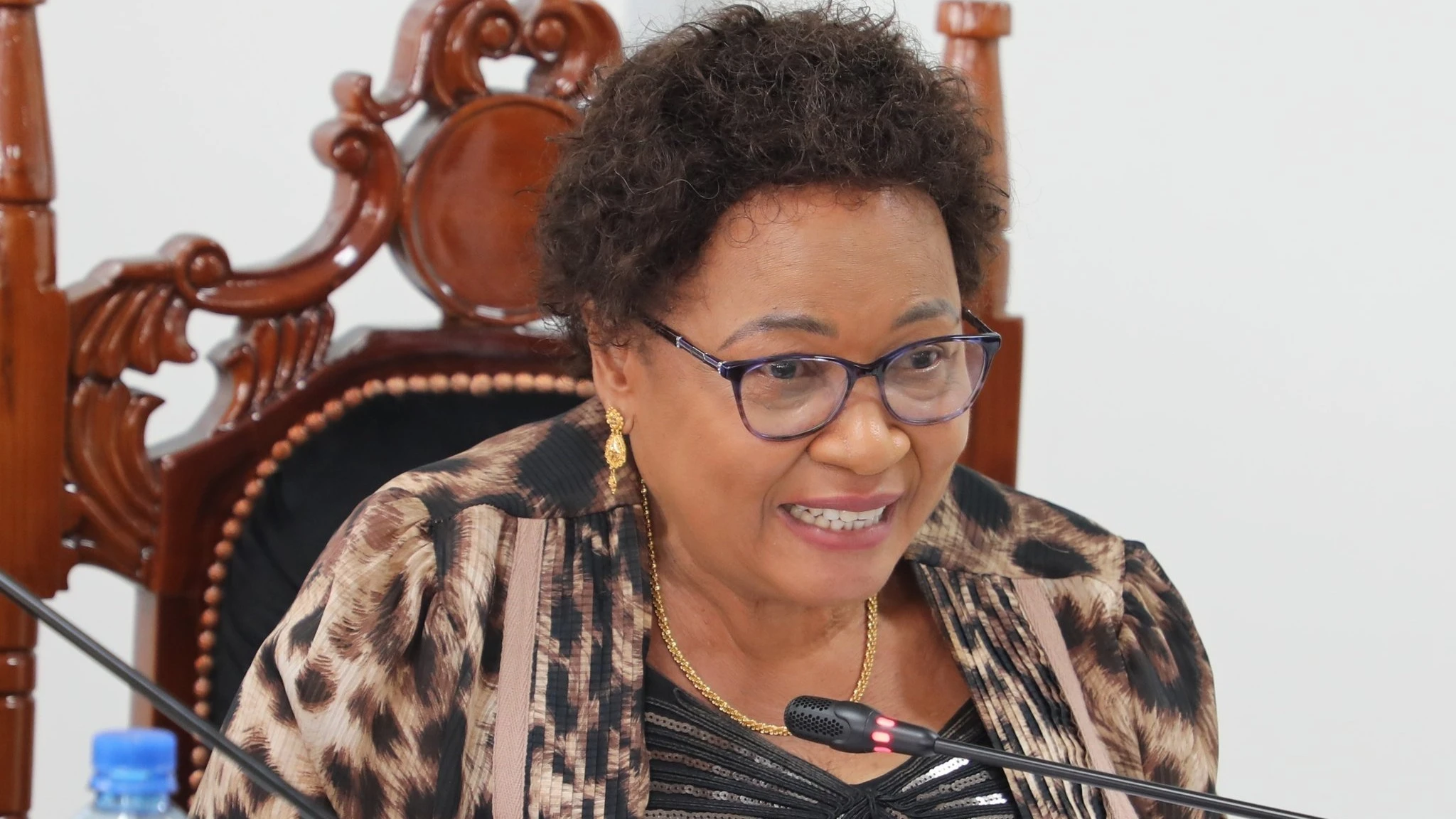
THE Public Accounts Committee (PAC) of the National Assembly has identified shortcomings in the management of medical equipment in public health facilities, including non-functional equipment and unverified installations.
Naghenjwa Kaboyoka (Special Seats-Chadema) made this observation when presenting the committee’s annual report here yesterday, reporting that some health facilities are not allocating five percent of their internal revenue for preventive maintenance of medical equipment as required.
The committee demanded that Health authorities establish a robust mechanism for tracking maintenance records and monitoring the use of medical equipment in health facilities, she said.
The 2017 Health Policy emphasized the use of modern medical technology for diagnostic services, including digital X-rays, magnetic resonance imaging (MRI) and computed tomography (CT) scans, she said.
In 2020 the government allocated 68.7bn/- to procure medical equipment for 22 local government health facilities in line with this policy but some of the purchased equipment remains non-functional due to delayed maintenance, she said.
The Tanzania Medicines and Medical Devices Authority (TMDA) has failed to monitor the use and maintenance of these devices, letting hospitals keep in place obsolete and faulty equipment, she asserted.
"There was inadequate compliance with registration procedures for medical equipment, and the sampling process for equipment registration was insufficient when the devices were imported," the report intoned.
An inspection of 18 health facilities revealed that 135 out of 492 pieces of medical equipment, just over a quarter, were scarcely operational.
"The Central Zone had the highest number of non-functional equipment, with 37 out of 115 devices, just under a third found to be out of service,” she said, attributing this situation to the lack of preventive maintenance programmes.
TMDA is responsible for registering medical equipment but between 2019/20 and 2022/23, up to 150 out of 209 registered devices, nearly three quarters, were not recorded officially.
The registration process faced significant delays, as only five out of 59 devices were registered within the required 45 to 90 working days, she further noted.
Furthermore, the parliamentary audit found that from 2019/20 to 2022/23, inspection reports and importation certificates for medical equipment lacked detailed information on quality and safety checks conducted at entry ports, she said, underlining that this violated established regulations.
"Medical equipment was imported and installed without prior verification of its safety, quality or efficiency. A major contributing factor was the lack of skilled personnel to assess the quality of imported medical equipment," she further noted.
The audit also found deficiencies in the disposal of faulty medical equipment, citing data that from 2019/20 to 2022/23, TMDA neither initiated nor received requests to approve the disposal of non-functional equipment.
Instead, it only processed the removal of other controlled items such as syringes and gloves, she said, presenting a committee resolution that the ministry submit reports on obsolete or expired medical equipment to TMDA for verification and disposal recommendations.
Additionally, TMDA must enhance registration and inspection procedures by ensuring the availability of resources and expertise for thorough medical equipment evaluation, she said.
It must also coordinate with other public institutions to ensure the timely removal and destruction of unfit medical devices, she added.
Top Headlines
© 2025 IPPMEDIA.COM. ALL RIGHTS RESERVED


